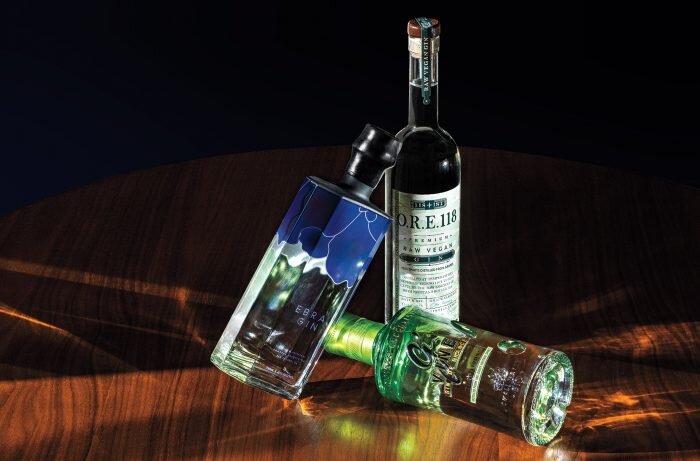Wine Enthusiast Magazine: Grape-Based Gin has a Long History and Modern Momentum
Wine Enthusiast Magazine | April 2021 | Written by Marti Buckley
Grape-based gin may sound like a new hybrid, but the concept dates to the 1400s. That’s when evidence from the Netherlands shows that juniper spirits, i.e., the ancestors of today’s gin, were often made with grapes. A dip in European viticulture caused by the “Little Ice Age,” a global cooling period that began around that same time and lasted through the mid-19th century, caused the transition to the grain-based versions seen popularly today.
A parade of bottlings have revived the grape-based tradition. Made from winemaking discards or even wine itself, they’re characterized largely by an intriguing aroma, fruity taste and fuller mouthfeel than their grain-based counterparts. Ahead, three with which to get acquainted.
Ebra Gin
This small-batch gin is made from a base of California Chardonnay, Cabernet Sauvignon, Pinot Noir and Sauvignon Blanc. “Ebra” is a clever play on ginebra, the Spanish word for gin, as the bottling’s flavor was inspired by Spaniards’ love of Gin-Tonic, served typically in a balloon glass or goblet and garnished with fresh herbs and botanicals. It highlights Mediterranean aromatics that range from rosemary blossoms and Valencia orange peel to lavender.


